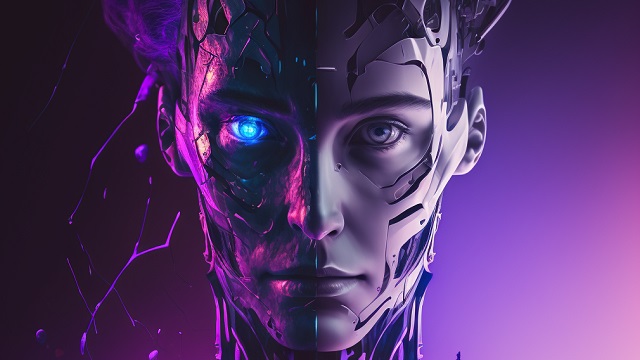1. Personalization and AI Integration
AI and machine learning will play a pivotal role in understanding user preferences and behaviors to offer highly personalized experiences.Designers will need to create adaptable interfaces that cater to individual users, adjusting content, layout, and interactions in real time.
2. Voice and Gesture Interfaces
As voice assistants and gesture-based technologies mature, designers will need to develop interfaces that are intuitive and responsive to these modes of interaction.Aural and non-visual interfaces will become more common, requiring designers to think beyond traditional visual design elements.
3. Accessibility and Inclusivity
The focus on accessibility will intensify, with designers working to ensure that digital products are usable by all, including individuals with disabilities.Inclusive design will become a core principle, with the creation of accessible content and features from the ground up.
4. Immersive Experiences
Augmented and virtual reality will transform the way users interact with digital content.Designers will craft 3D and immersive experiences, considering factors like depth perception, spatial audio, and haptic feedback.
5. Minimalism and Simplicity
The principles of simplicity and minimalism will persist, with designers striving for clean, uncluttered interfaces.Emphasis will be on clear typography, intuitive navigation, and the removal of unnecessary elements.
6. Ethical Design
Designers will grapple with ethical considerations, such as the responsible use of AI, data privacy, and addressing issues like algorithmic bias.There will be an increased focus on designing products that promote mental health and well-being.
7. Cross-Platform Consistency
With users engaging on various devices and platforms, maintaining a consistent brand and user experience will be paramount.Design systems and UI frameworks will evolve to ensure coherence across diverse environments.
8. Sustainability
Sustainable design practices will become integral to the industry, with a focus on reducing energy consumption and the environmental impact of digital products.Eco-friendly design choices, such as optimizing assets and reducing data transfer, will be emphasized.
9. Collaborative Design
Collaboration among designers, developers, and other stakeholders will evolve with improved remote design tools and real-time collaboration platforms.Co-design and inclusive practices will empower cross-functional teams to work together more effectively.
10. Real-time Feedback and Iteration
UX design will involve the collection of real-time user feedback, utilizing analytics and user testing to iterate and refine designs continuously.Agile design methodologies will remain vital to respond to changing user needs and market dynamics.These detailed insights underscore the need for UX and UI designers to remain adaptable, stay informed about emerging technologies, and continue to prioritize user-centric design principles while addressing the ethical and environmental dimensions of their work. The future of UX and UI design promises to be dynamic and rich with opportunities for innovation.


No comments:
Post a Comment